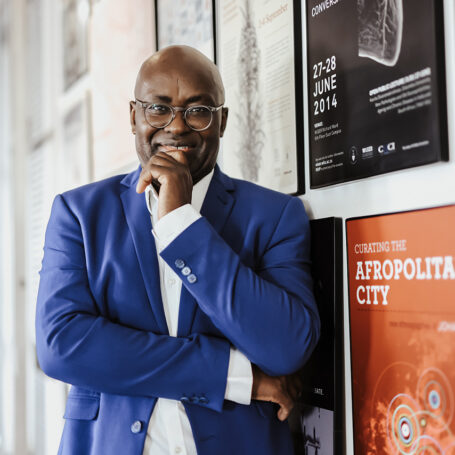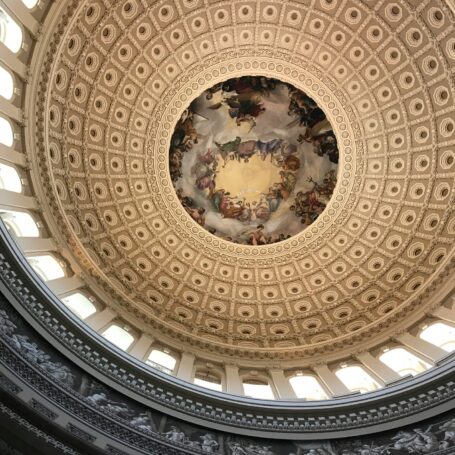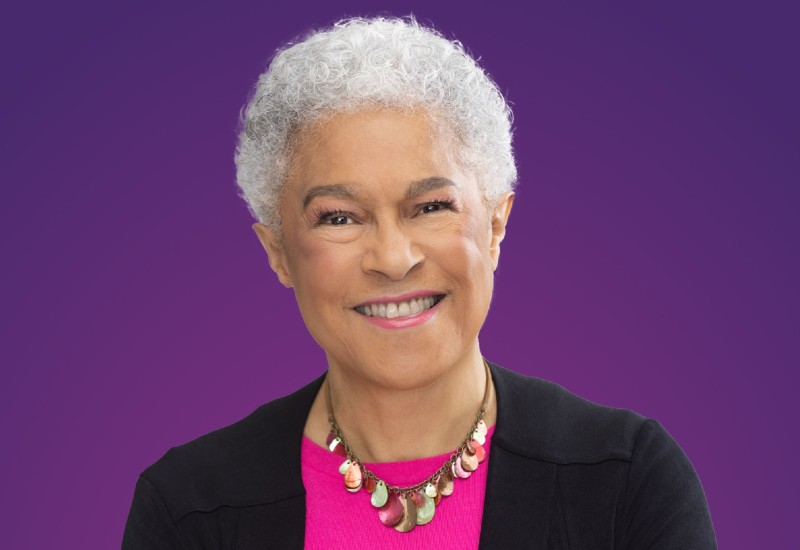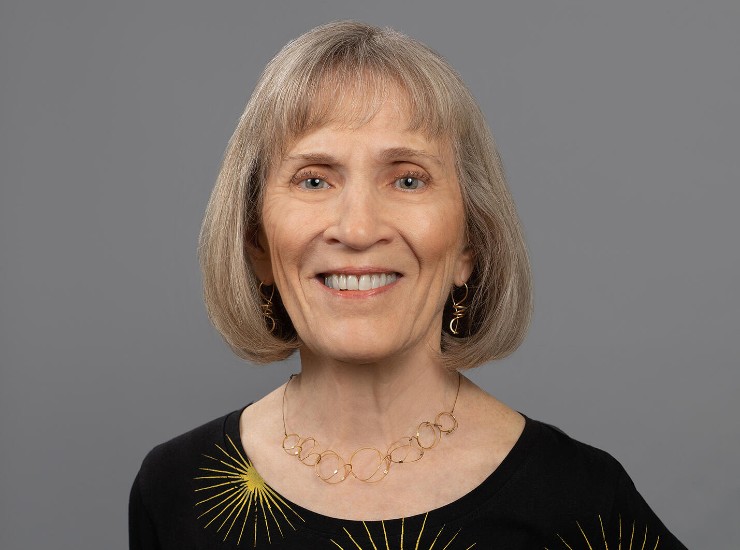Learning About Cuba Through Cuban Eyes
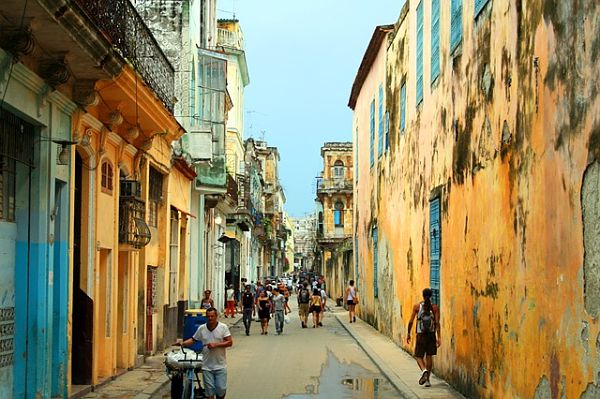
Old Havana
After Henry Louis Taylor, Jr. received the UAA-SAGE Marilyn J. Gittell Activist Scholar Award for 2018 at the last annual meeting the Urban Affairs Association, Social Science Space queried him about the role of the scholar as activist and the activist as scholar. “I am an activist turned scholar, not a scholar turned activist,” Taylor made clear, as he discussed issues around racial inequality and structural racism inside the United States.
We also asked him about his 17 years of academic inquiry in Cuba, where he explored the currents of everyday life at a time when the communist-ruled country was little visited and even less understood by people in the United States. Today, we present Taylor’s discussion of how he got involved in chronicling Cuba and what his time in Havana taught him about his home of Buffalo and about other American cities.
Taylor founded and directs the Center for Urban Studies at the University at Buffalo. For the first part of this interview, click here.
***
The task of producing and implementing knowledge that can bring about radical change requires imaging other possible worlds and how these alternative realities change can emerge out of our current situation. So, in 1998, I immediately said yes when my friend, Jose Buscaglia, asked me to spend a month teaching in Cuba as part of a University at Buffalo Summer Study Abroad program. I had long admired the Cuban Revolution, respected Fidel and Che, and knew of the alliance between black radicals and the Cuban government. However, my enthusiasm went beyond the romanticism of a black radical sojourning to a revolutionary mecca. As a historian and urban planner, who studies and does practical work in underdeveloped neighborhoods, I wanted to gain insight into Cuba’s approach to neighborhood development, learn about their people-centric city-building method, and gain insight into their management of the issues of race and class.
Once in Cuba, I worked with faculty members in the School of Social Sciences at the Universidad de la Habana to design an exploratory research course that blended ethnographic fieldwork with classroom lectures taught by me and faculty at the universidad. The Cubans allowed me and my students to visit any site or facility desired, and to travel freely throughout Havana and across the island. Classes were held during the week, including fieldtrips, and we travel to various parts of the country on week-ends. Additionally, the students did a group research project on the San Isidro neighborhood located near The Sage, where we stayed.
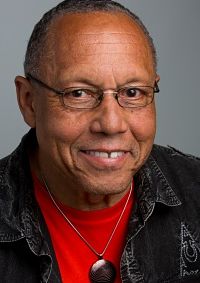
Henry Louis Taylor , Jr.
Unlike other groups, the Cubans allowed the U.B. delegation to live in a community setting in Habana Vieja, the oldest section of the city. Habana Vieja was a mostly Afro-Cuban working class neighborhood; and in this community, I became immersed in everyday life and culture. I hung out mostly with street hustlers and ordinary Cubanos. My intent was to learn about their Cuba, so I formed deep friendships with them. They took me into their homes and their lives, and I saw a Cuba that tourists rarely, if ever, see. During this same period, a Cuban friend introduced me to Nehanda Isoke Abiodun, an African American woman living in political exile on the island. Nehanda was a Harlemite, close associate of Assata Shakur, the most famous US exile, and a member of the Republic of New Afrika and Black Liberation Army. She was granted political asylum in 1990. Nehanda was the last African American exile.
My relationship with Cuban academics, working-class Cubanos, and an African American living in exile gave me an opportunity to learn about the island through Cuban eyes, filtered through the lens of a black U.S. woman. A prime goal was to gain insight into the Cuban neighborhood development process, and to determine what, if any, developmental concepts could be uploaded and creatively applied to our situation in the United States. Within this context, I wanted to understand how public policy and socialist culture filtered down through the Cuban bureaucracy to ordinary Cubanos. Then, in 2004, the Bush Administration ended U.S. Summer Abroad Programs in Cuba.
This breakpoint created an opportunity for me to summarize my Cuban experiences in a book-length manuscript. I decided to undergird the project with house-to-house surveys, which would provide me with a deeper understanding of how ordinary Cubanos viewed neighborhood life, education, health care, and the social supports system, as well as how they made ends meet. Concurrently, I decided not to ask the Cuban government for permission to do the study. I wanted my findings to be free from any taint of government influence or censorship.
This research project, then, was a stealth one. I organized a research team composed of 20 ordinary Cubanos and paid them a small stipend to participate. I explained the secrecy of the project to team members, taught them how to conduct survey research, established a system of quality control, and took digital photographs of every completed survey, as a security measure, in case the government seized the hard copies. I used a snowball sampling technique, and the team conducted 398 house-to-house surveys in about seven different Havana neighborhoods.
The project had four important takeaways, which I believed could be creatively applied to our situation in the United States. First, the Cubans conceptualized neighborhoods as physical and social spaces, and designed them to meet the needs of the residents. Toward this end, residents were given control over their neighborhoods and emphasis was placed on the development of social capital.
Second, the government transformed underdeveloped neighborhoods into family-friendly places that supported solidarity, resiliency, reciprocity, and good health. These communities were highly organized, structurally functional places based on community control, participatory democracy and neighborhood-based service delivery, including primary education and health care.
Third, the Cubans used mass homeownership to spawned neighborhood stability by anchoring people in place, and this laid the foundation for building of trust and solidarity.
Lastly, the Cubans used a neighborhood-government partnership to sustain the community’s growth and development. Thus, in Cuba, although many neighborhood residents were poor, the operation of their communities as structurally functional places changed what it meant to be poor. The reason is neighborhoods were sites of organizations, institutions, services, supports, and cultural frameworks needed to nurture and help residents grew and develop. Within this framework, the Cubans smartly provided the most vulnerable communities with the greatest government support and assistance. Thus, the social design of neighborhoods facilitated the nurture and development of residents, thereby spawning desirable social outcomes, even though people faced many challenges.
The Cuban approach to neighborhood development radically differs from the U.S. approach. In the United States, underdeveloped neighborhoods are poorly organized places with limited resources. In most urban regions, from superstar cities to Sunbelt metropolises to peripheral cities, few resources are funneled into these communities and residents are urged to improve their economic situation so they can move. The plight of low-income Cuban and U.S. neighborhoods provide a striking contrast between market-centric and people-centric city-building. On the positive side, I believe the Cuba principles of neighborhood development can be applied to a U.S. setting, and the UB Center for Urban Studies is currently engaged in a project to replicate the Cuban model.
